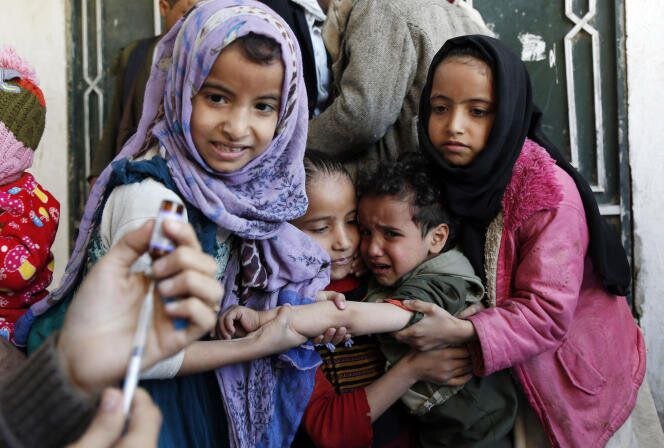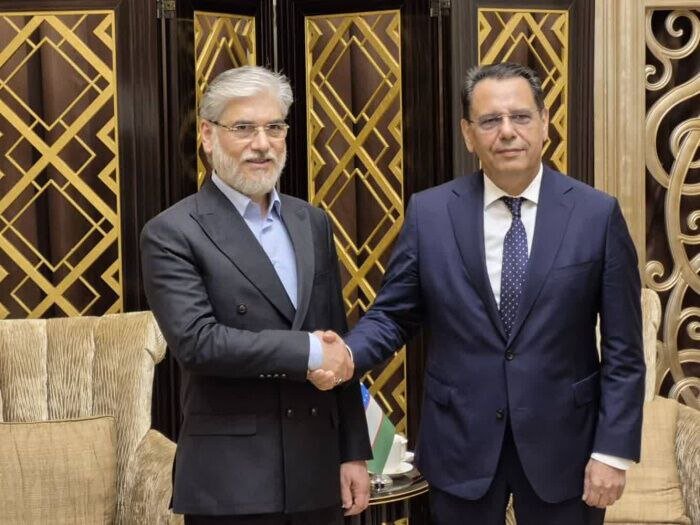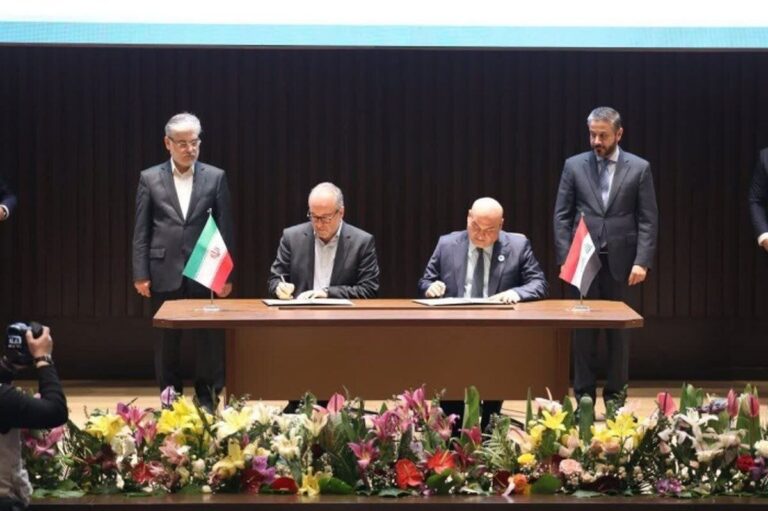Unprecedented Success: Measles Vaccination Reaches 98% of Target Population!
In recent developments regarding measles vaccination efforts in Iran, it has been reported that approximately 98 percent of the target population in the national immunization program have received their vaccinations. However, there remains a concerning number of children under the age of one who have yet to be vaccinated, highlighting ongoing challenges in public health initiatives.
According to the deputy health minister, Alireza Raeisi, between 10,000 to 20,000 children still need to receive their measles vaccines. This is particularly alarming given that even among those vaccinated, about five percent may still contract measles, a disease that poses severe health risks, including pneumonia, diarrhea, blindness, and encephalitis (brain swelling).
The measles vaccination program in Iran has a long history, having been initiated in 1984. In its first year, only 34 percent of the population was vaccinated, but this figure rose significantly to between 90 to 95 percent within six years. A notable milestone occurred in 2003 when a national initiative successfully vaccinated 33 million individuals in an effort to eradicate measles from the country.
In April 2023, the World Health Organization (WHO) confirmed that both measles and rubella had been eradicated in Iran. Despite this achievement, there are growing concerns regarding the resurgence of measles due to disrupted vaccination programs in neighboring countries like Afghanistan and Pakistan, which pose significant health risks to the Iranian population.
Throughout the past Iranian year, which concluded on March 19, there were 603 confirmed cases of measles identified in the country. The demographic breakdown revealed that 91 percent of the cases were among Iranian nationals, while nine percent involved foreign nationals. The regions with the highest incidence of measles included:
- Chabahar – 97 cases
- Ahvaz – 86 cases
- Hormozgan – 72 cases
- Zahedan – 68 cases
Notably, around 33 percent of the reported cases were infants under the age of one, while children aged 1-4 years accounted for 30 percent of the total cases. Tragically, four infants under six years old lost their lives, primarily due to malnutrition and underlying health conditions.
Since the beginning of the current Iranian year, an additional 82 confirmed cases of measles have been reported, signaling the ongoing need for vigilant public health measures.
Measles Antibody Kits Enhancement
In May 2024, Iran received 160 measles antibody kits from the WHO and the European Civil Protection and Humanitarian Aid Operations (ECHO). This procurement aims to enhance the country’s diagnostic capabilities for measles.
The kits are allocated to the Iranian National Measles Reference Laboratory, which is critical for improving the country’s ability to diagnose measles and respond effectively to potential outbreaks. According to a report from WHO, this initiative is designed to bolster laboratory surveillance for measles, rubella, and other respiratory infectious diseases.
Syed Jaffar Hussain, the WHO Representative and Head of Mission in Iran, emphasized the significance of these antibody kits, stating: “The provision of measles antibody kits to the reference laboratory is a crucial step in strengthening the Islamic Republic of Iran’s ability to detect and respond to measles outbreaks effectively and maintain measles elimination status.”
Measles continues to pose a considerable global public health challenge, making timely and accurate diagnosis essential for effective outbreak management. Recent surveillance has indicated that over half of the measles cases in Iran are among Afghan refugees, further complicating the situation.
In response to these challenges, the National Immunization Program in Iran is working to enhance laboratory surveillance capacities across various provinces. This effort aims to reduce diagnosis time for measles cases, particularly if the trend of increasing cases continues.
Since April 2022, Iran has faced multiple measles outbreaks linked to the influx of Afghan refugees and migrants. However, through timely and comprehensive public health measures, the country has managed to keep measles from becoming a public health crisis.
Ongoing efforts to maintain high vaccination coverage and improve diagnostic capabilities will be vital in protecting the population from potential outbreaks and ensuring the continued success of the measles elimination initiative in Iran.
In conclusion, while significant progress has been made in measles vaccination efforts in Iran, challenges remain that require continuous attention and action from health authorities to safeguard public health.






